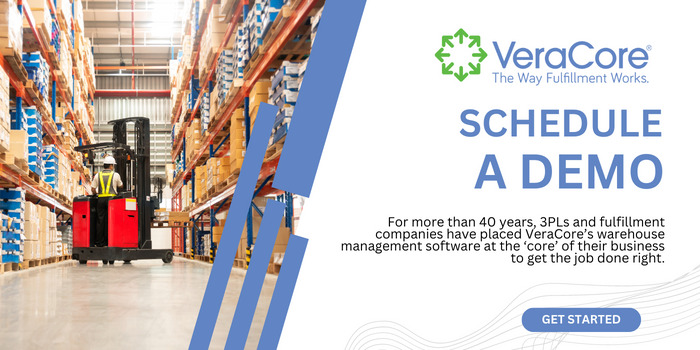Meeting the needs of your clients and their end users requires a seamless, uninterrupted connection between the applications that take orders and the systems and processes that fulfill them. Using a robust API suite that allows for easy plug n’ play integrations and automatic file imports is the best way to resolve connection failures and reduce or even eliminate order issues. Here’s how an API ensures seamless operations and improves overall business performance.
What is an API?
Application Programming Interfaces or APIs facilitate how applications and interfaces communicate in response to requests. As a result, you can integrate systems you and your clients use, including carrier systems, shopping carts, warehouse management systems, inventory systems, order management systems, marketplaces, ERPs, etc.
With a reliable API, your clients continue to leverage existing technology used across their enterprise and connect to your 3PL systems creating optimized workflows free of connection and order issues. You can easily meet the unique requirements of each client and ensure orders are managed based on preferred fulfillment methods. An API can connect your order management and warehouse management software to automate order throughput for instant efficiencies.
Seamless Order Processing
Receiving and processing customer orders is a fundamental service you provide for your customers. An API ensures you can provide intelligent automation without the risk of connection issues. Your clients define the rules they require in their ordering process so that you can implement appropriate workflows making your warehouse team’s job easier while also keeping your clients happy.
Automation improves operational procedures from order batching to prioritization and shipping methods to managing orders through multiple distribution centers. You eliminate disconnects that lead to fulfillment delays, such as inventory shortfalls, address errors, or missed client order approvals. As a result, you avoid bottlenecks, improve warehouse workflows, and ensure your processes align with the needs of your client.
End-to-End Outbound Control
You can’t just focus on the end stage of order fulfillment. Instead, you need to include warehouse management to control the end-to-end order fulfillment process to avoid order issues. An API facilitates critical steps in the outbound process, including order capture automation so that you can process orders faster. An API accepts orders via shopping carts and marketplaces to trigger the order fulfillment process. It also allows you to optimize picking workflows to reduce errors and keep your clients’ end users happy. You have improved quality control, starting with implemented approval processes that stop the release of orders to your operations using rules to define approval criteria.
You can also eliminate time-consuming, error-prone manual processes using QC integrated with barcode scanning. Seamless operations also rely on cost-effective solutions. You can minimize shopping costs using a flexible shipping option leveraging technology that shops the best prices and then produces shipping labels from either preferred carriers or based on the best price from multi-carrier setups.
Reliable Inventory Counts
Order issues often exist due to inaccurate inventory counts. An API allows for integrated inventory systems that leverage barcode technology and wireless devices for accurate, order-by-order counts in real-time. Providing clients with real-time visibility of their inventory helps avoid customer disappointment and backorders.
However, granular inventory tracking using lot control, serial numbers and expiration dates is essential for managing recalls of products recently deployed from your warehouse. This is a feature that brings real value to clients, especially those in the food or pharmaceutical industries. You can also schedule cycle counting to optimize inventory accuracy.
Informed Decisions to Improve Business Performance
Both you and your clients can make informed decisions using real-time and historical point-in-time reports. Clients can benefit from predictive inventory management using data to spot trends, measure item performance, determine ideal replenishment schedules, etc. You can also keep on top of warehouse management with complete visibility of workloads and active orders to meet the demands of your SLAs.
Reports can be reviewed based on general criteria such as product summary, receiving logs, or order information, but can also be customized based on specific reporting needs based on the data your clients need. Reports are also produced in client-friendly formats based on their preferences. As a result, they have access to reports on demand ready to analyze in easy-to-follow formats so they can continue to improve business performance with complete visibility of their inventory management and fulfillment process.
An API creates a reliable connection between your client’s apps, plug-ins, software, and marketplaces to facilitate order processing, inventory management, order tracking, and data analysis. As a result, they can eliminate common order issues and constantly improve business performance.


VeraCore is SaaS order and warehouse management software trusted by top fulfillment companies and 3PLs. Affordable, flexible, easy to use; VeraCore is everything you need to keep clients happy and run a lean operation.
With VeraCore, you can grow your business and handle any challenge with ease. Rules-based automation enables you to control all aspects of your warehouse operation and satisfy each of your clients’ unique requirements.
Hundreds of fulfillment service providers and 10,000+ fulfillment clients place VeraCore at the “core” of their business to get the job done right, for over 40 years.


